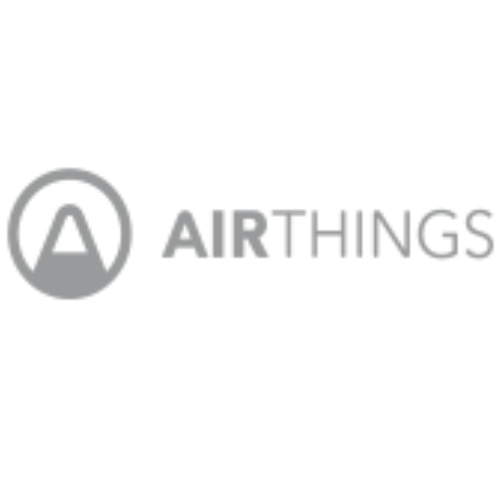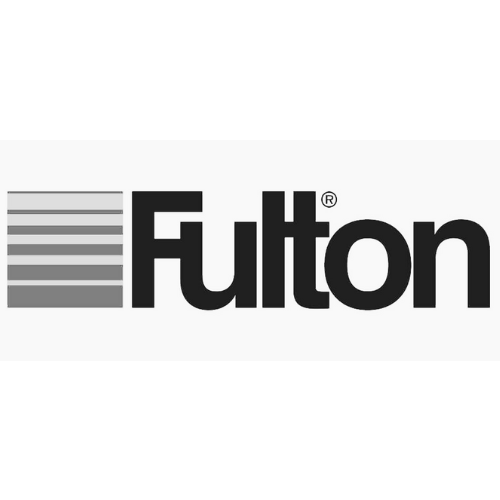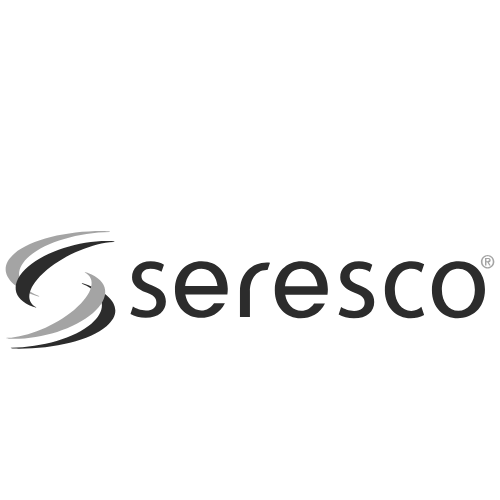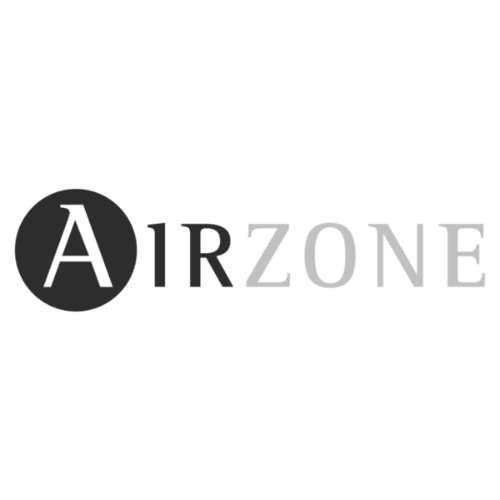Are You Oversizing Your Water Heating System? Here’s Why You Might Be, and How to Fix It.

When it comes to designing hot water systems for buildings, one question often bubbles to the surface:
“Should I size my water heating system for the worst-case scenario?”
It seems logical, right? Plan for the busiest moment and consider every shower, faucet, and
appliance running at once. But here’s the twist: that worst-case scenario almost never happens. And designing for it can lead to oversized, overpriced, and inefficient systems.
Let’s dive into the concept that’s changing how engineers think about hot water. The Theory of Diversity.

The Theory of Diversity is all about probability, but specifically, the likelihood that all fixtures in a building will be used at the same time. Spoiler alert: they won’t.
Imagine a hotel with 150 rooms. That’s 150 showers. But will all 150 be used at once? Highly
unlikely. In fact, real-world data shows that only about 12% of those fixtures are typically used simultaneously. This percentage, called the diversity factor, is the key to smarter system sizing.

Peak flow rate (the fastest rate at which hot water is needed) is not the same as peak demand period (the time when usage is highest). If you size your system for every fixture to run at once, you’re planning for a unicorn event and paying for it.
Here’s what that means:
- Lower diversity = bigger system
- Higher diversity = smaller, more efficient system
For example: - A 150-room hotel might have a 12% diversity factor
- An 84-room hotel might have a 15% diversity factor
Smaller buildings often have higher diversity because fewer fixtures mean a higher chance of
simultaneous use, but still not 100%.

It’s simpler than you think. You take the peak flow rate (e.g., 4.5 gallons per minute) and
compare it to the total probable use. The result gives you a realistic picture of how much hot
water your system actually needs to deliver at any given moment

You end up with:
- Oversized equipment
- Wasted capital expenditure (CapEx)
- Higher energy bills
- More maintenance
And worst of all? You’re not helping the environment. Oversized systems consume more energy and resources than necessary.

Use real-world data. Understand your building’s occupancy patterns. And most importantly,
embrace diversity. Whether you're designing for a hotel, apartment complex, or commercial building, factoring in diversity leads to:
- Smaller, smarter systems
- Lower costs
- Greater sustainability

Intellihot’s engineers are leading the charge in efficient, on-demand water heating. They even offer Lunch & Learn sessions where you can ask questions and get expert advice.











































